How Do I Get An Elk Tag?
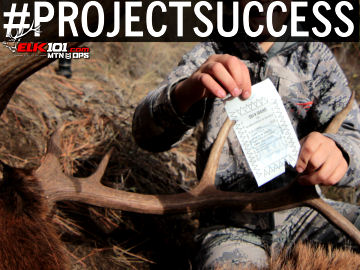
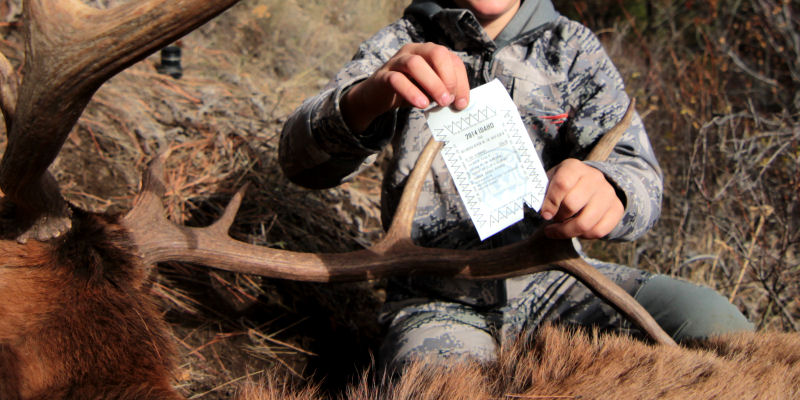
I apologize that I didn’t get a #PROJECTSUCCESS article out last week. It was Spring Break, and I spent some time camping and hiking with my family in Hells Canyon. I could definitely feel the positive effects of my physical conditioning on those hikes, and I was also able to find a few weak points in my conditioning that I need to work on. But, we’ve spent quite a bit of time focusing on physical conditioning lately, so I think it’s time to tackle a few new subjects.
Next week, I’m going to get into some elk calling specifics, but before I do, I wanted to talk about getting an elk tag. And more specifically, if it’s worth playing the points game and collecting bonus points.
For me, there are basically two ways of obtaining an elk tag: buy one “over-the-counter” or draw one through a “lottery”. There is a third option of buying a landowner tag, but I haven’t been in a position to do that yet, so I’ll focus this article on the first two.
OTC Tags
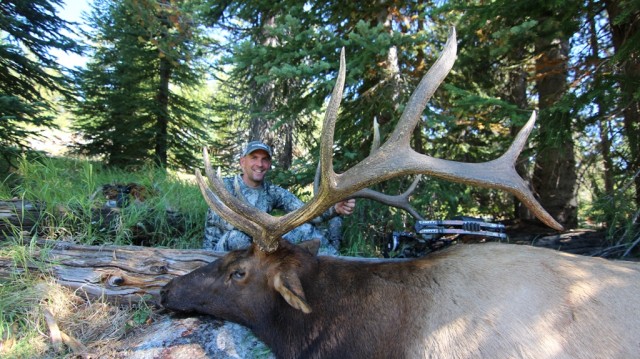 Over-the-Counter (OTC) tags are just that – you show up and buy a tag. Several states offer OTC elk tags, including Utah, Colorado, Idaho, Oregon, and Washington. It could be argued that Montana also provides for an OTC opportunity as their “limited” elk licenses never sell out and are available to purchase over the counter after the application period. There are some specific requirements for each state that are worth reading up on as you plan your hunt, but for the most part in these states, you are guaranteed a tag if you want one.
Over-the-Counter (OTC) tags are just that – you show up and buy a tag. Several states offer OTC elk tags, including Utah, Colorado, Idaho, Oregon, and Washington. It could be argued that Montana also provides for an OTC opportunity as their “limited” elk licenses never sell out and are available to purchase over the counter after the application period. There are some specific requirements for each state that are worth reading up on as you plan your hunt, but for the most part in these states, you are guaranteed a tag if you want one.
For me, 75% of my hunts are done on OTC tags. The reason why is simple: I want to be able to hunt elk every year. Fortunately, these states – and my home state of Idaho – allow for me to do that. It is possible to hunt with an OTC elk tag every single year, sometimes multiple times per year if your budget and vacation time will allow. Sitting out an entire elk season waiting to “draw” a tag is not an option for me, so I am grateful for these OTC opportunities.
However, OTC areas are managed for opportunity, not necessarily for quality. If you want to build consistent quality in an area, it requires restricting access and/or opportunity. Quality and opportunity do not usually coexist. With that being said though, there are plenty of quality areas available within OTC units, and with a little homework – and leg work – there are definitely areas where you can have your cake and eat it too. The benefit of limited draw areas is that you will usually find less hunting pressure, and therefore, improved quality.
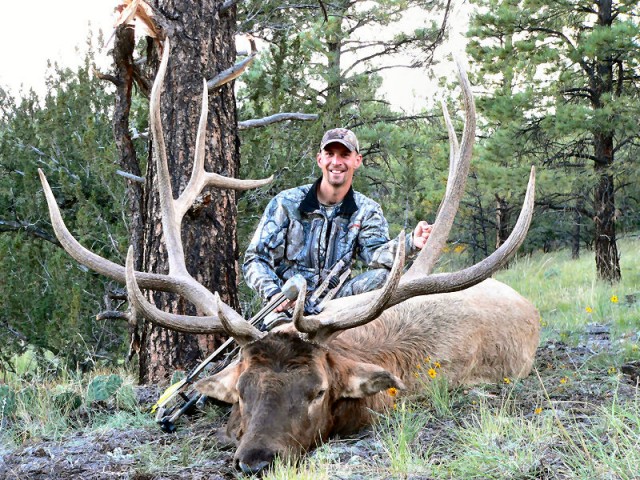 Limited Tags
Limited Tags
A limited, or “draw”, tag is one where the state is managing the elk numbers and has placed a quota on how many elk tags they are willing to give out. When there are more hunters desiring that tag than available tags, the states allocate these tags through a lottery style drawing. The draw procedures and application processes differ from state to state, but in a nutshell, your name goes in a hat and if it is selected, you get a tag.
In really hard to draw areas (i.e., high quality), odds are often in the single digits, or even below 1%. To increase the chances of drawing for those who have applied longest, many states have implemented bonus point or preference point systems. Again, each state manages their point systems differently, but what I want to focus on here is if it is really worth obtaining points.
Points
Bonus and/or preference points are available in multiple states. Washington, Oregon, Montana, Wyoming, Nevada, Utah, Colorado, Arizona, and many more states, offer an opportunity to collect points to increase your odds of drawing an elk tag in the future. Idaho and New Mexico do not have a point system. In most states, if you apply for an elk tag and are unsuccessful, you can earn a point. Some states allow you to “purchase” a point without even applying. This can be handy if you know you can’t hunt there this season, but want to continue accruing points.
I personally play the points game in several states. I don’t necessarily agree 100% with giving preference to those who have applied longest as it drastically decreases the odds for new hunters or those entering the draw for the first time. However, almost every western state has a point system, and if we want to hunt in one of those states, we have to play the game.
Through the accrual of points in multiple states, I have a strategy that will enable me to draw a really high quality tag every 10 years or so. In addition to that high quality tag, I also aim to draw a good tag every 3-4 years. Then, I supplement the years when I don’t draw a “limited” tag with OTC tags. This enables me to have a good mix of opportunity and quality in my elk hunting adventures. However, playing the points game can get somewhat expensive. Some states require the purchase of a non-resident hunting license in order to obtain a point. Additionally, some require the full tag fee to be paid up front, and then issue a refund – or partial refund – if you don’t draw.
Here is a quick breakdown of the costs to obtain a point in the 8 western states that offer points (excluding Idaho and New Mexico):
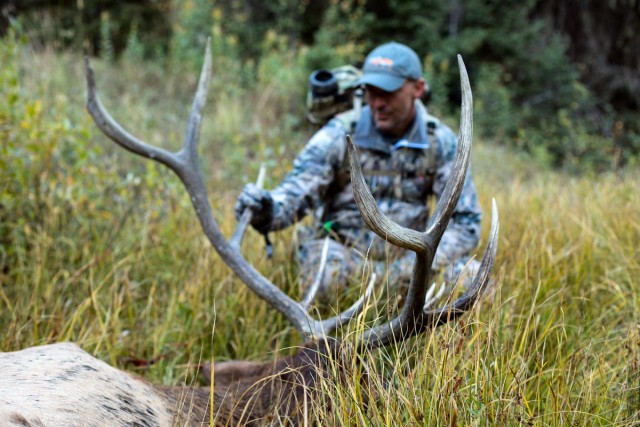 Wyoming – You can apply for a tag and select to gain a preference point if you are unsuccessful in the draw. You must pay an additional $50 for the point. You can also purchase a point for $50 if you don’t wish to apply that year.
Wyoming – You can apply for a tag and select to gain a preference point if you are unsuccessful in the draw. You must pay an additional $50 for the point. You can also purchase a point for $50 if you don’t wish to apply that year.
Arizona – You must purchase a hunting license in order to receive a bonus point in Arizona. The license costs $160. If you don’t want to apply for a hunt but just want to obtain a point, you also need to pay an extra $15.
Utah – You must purchase a $65 hunting license to apply and/or gain a point, plus a $10 application fee.
Montana – Montana is messed up for non-residents. In order to earn a bonus point for the limited draw tags, you must first apply for an elk license. The elk license will cost you $851 up front. When you draw the elk license, you can choose to keep the license and hunt the general units or receive an 80% refund. This means you will pay at least $170.20 if you want a bonus point in Montana. There is also a $20 Bonus Point fee added on for the point.
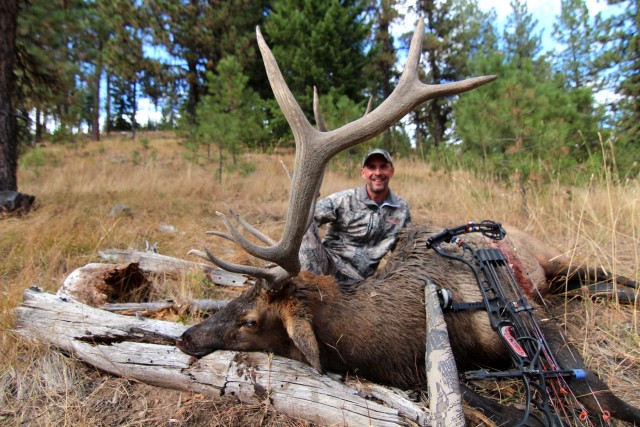 Colorado – No hunting license is required to apply, but the full tag fee of $619 and a $10 habitat stamp need paid up front. The full tag fee will be refunded if you don’t draw. If you just want a Preference Point, you will still need to pay a tag fee up front, but they will only charge you for the least expensive elk tag available ($468). If you choose to obtain a Preference point by either method, Colorado will keep $40 from your application, as well as the $10 habitat stamp fee, and then refund the rest.
Colorado – No hunting license is required to apply, but the full tag fee of $619 and a $10 habitat stamp need paid up front. The full tag fee will be refunded if you don’t draw. If you just want a Preference Point, you will still need to pay a tag fee up front, but they will only charge you for the least expensive elk tag available ($468). If you choose to obtain a Preference point by either method, Colorado will keep $40 from your application, as well as the $10 habitat stamp fee, and then refund the rest.
Nevada – In Nevada, hunters need to purchase a hunting license for $142 and submit a $21.50 nonrefundable bonus point fee.
Oregon – A $160.50 hunting license is required when applying or selecting a Preference Point in Oregon, as well as a non-refundable $8 application fee.
Washington – In Washington, hunters must purchase an elk license for $497 and a special permit hunt application for $110.50 before you can even apply for a Special Elk Hunt Permit. If you don’t draw, you will receive a Point and be left with a general elk license that will allow you to hunt the OTC units.
What Does It Cost?
If you were to gain points in all 8 states, here is how the financials would break down:
- Total money paid upfront = $2588.50
- Total money refunded if unsuccessful = $1109
- Total Costs for 8 Points = $1479.50
In my opinion, if you are just starting out in the points game, it really isn’t worth your time applying for Washington. Additionally, Colorado, Oregon, and Utah aren’t states I would look to if I wanted a chance at a quality hunt in the next 10 years. That leaves Arizona, Nevada, Wyoming, and Montana as possibilities. Here is the cost breakdown if you were to begin accruing points in these four states:
- Total money paid upfront = $1259.5
- Total money refunded if unsuccessful = $680.8
- Total Costs for 4 Points = $578.70
Overall, Arizona and Nevada manage for big bulls, while Wyoming and Montana manage for great experiences and some nicer bulls. You could pick two of these states to build points in, and maybe throw your name in the hat for a state like Idaho or New Mexico that doesn’t have points, then supplement with an OTC tag on the years you don’t draw. This will give you an opportunity to draw a really good tag down the road and still be hunting each fall, without completely breaking the bank.
Again, points aren’t for everyone. Hunting out of state isn’t for everyone. But if you are looking to expand your elk hunting horizons or to add some quality to your hunts, playing the points game can improve your odds. On the flip side, I’d strongly urge you not to wait on drawing your quality hunt to go elk hunting. Find a state with OTC tags and go hunt. Mixing up OTC opportunities with limited draw hunts can be a great way to balance opportunity and quality, and hunt elk on a regular basis.
So, I’m curious to know. Do you apply for elk hunts in multiple states? Do you hunt elk every year? What are your thoughts on point systems?
P.S. Look for the article – and maybe some video – on elk calling coming up in the next week or so!
